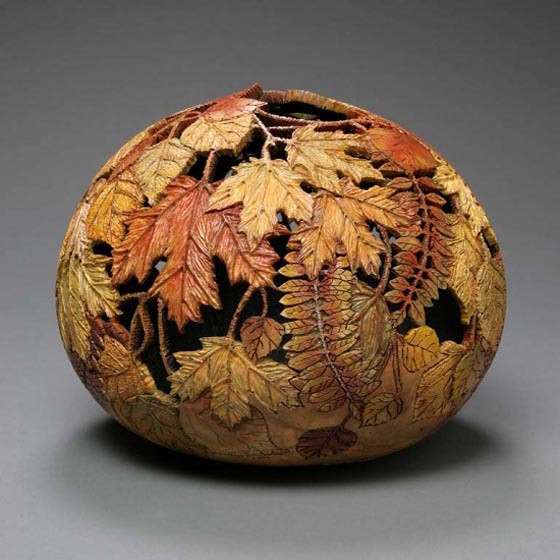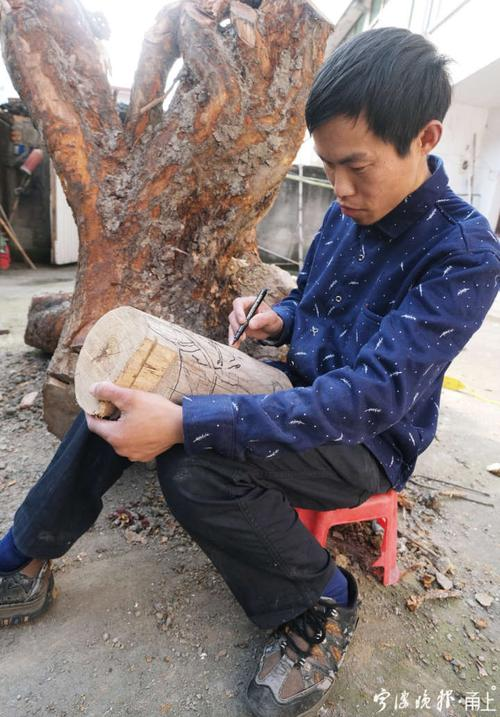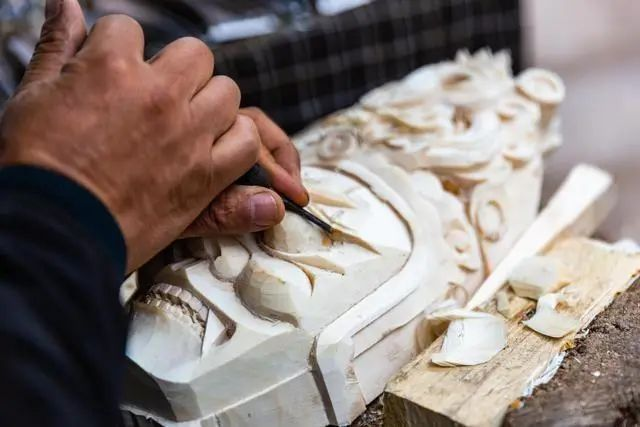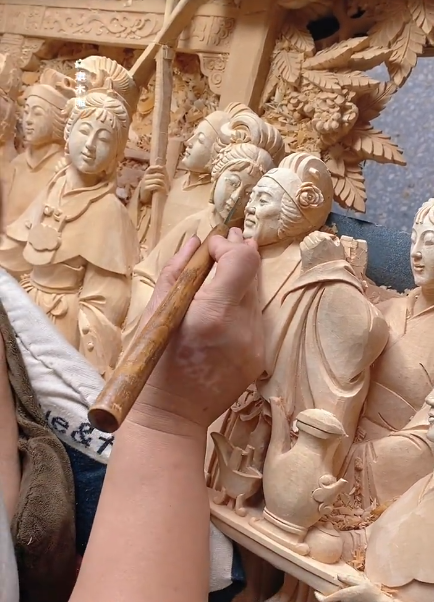Exploring Traditional Carving
Exploring Traditional Carving
Carving, in sculpture, refers to cutting or carving wood, stone, or other materials into the desired shape, which is called carving.

Traditional carving process
In the most common carving method, one hand holds a chisel and the other hand holds a mallet, and then the chisel is hammered into wood or stone with the mallet. Although some metalworking techniques such as welding and assembly have become increasingly important over the past century, carving and molding remain the two main sculptural techniques.
Chiseling rough blanks
The rough blank is the foundation of the entire work, which summarizes all the design details in a concise geometric form, requiring a layered, dynamic, proportionate, stable center of gravity, strong overall sense, and preliminary formation of the outer and inner contours of the work.

The basic essentials of chiseling rough blanks are from top to bottom, from front to back, from the surface to the inside, and from shallow to deep. From top to bottom, starting from the head to the heel; From front to back, it means chiseling the front part first, and then chiseling the back part; From the surface to the inside, it means starting from the surface of the wood and peeling layer by layer inward; From shallow to deep, it means first chiseling the shallow areas and then chiseling the deeper areas. When chiseling rough blanks, attention should also be paid to leaving room, just like cutting clothes, which should be appropriately relaxed. As the folk saying goes, 'If left large, it can be reduced, but if left thin, it is difficult to regain weight.' 'The inner distance should be small, not large, and remember that carving is subtraction.
Digging fine blanks
Starting from the overall perspective, adjust the proportions and various layouts, and then gradually implement and form the specific forms of characters, facial features, limbs, clothing, props, etc., leaving room for polishing. At this stage, the volume and lines of the work have become clearer, so it is required that the knife technique be smooth and fluent, with sufficient expressive power. The technique of hollowing out in fine blanks requires using a combination of longitudinal fibers to hollow out and remove excess parts. To use the reinforcement method, a small piece of material should be left at the easily breakable part of the work to be attached to the adjacent area, and after the work is completed, the attached reinforcement should be removed using a thin knife and dense sheet method.

sleeking
The purpose of polishing is to use fine carving and thin knife dense plate method to remove knife marks and dirt from the fine blank, making the surface of the work delicate and perfect. Require clear and fine knife marks, either round or straight, striving to express the details and texture of each part.

Polish
Three parts carving, seven parts grinding. Carving is to depict patterns and images, so polishing is to make this image more vivid, smooth, and delicate. If there is no polishing, the finished product will only have a rough outline. Polishing is crucial for improving the brightness and smoothness of furniture.

Finaly
Various sculpture techniques with a long history and exquisite skills, such as ivory carving, jade carving, wood carving, stone carving, clay carving, dough sculpture, bamboo carving, bone carving, inkstone carving, etc., are precious artistic heritage in Chinese arts and crafts. Due to the high cost of materials and exquisite craftsmanship, crafts such as ivory carving and jade carving gradually shifted from practical products to appreciation products, and were therefore called "special crafts". Before liberation, they were only playthings in the hands of the exploiting class. Woodcarving, stone carving, clay carving, dough sculpture and other crafts are mostly passed down among the people, with a strong local flavor.





